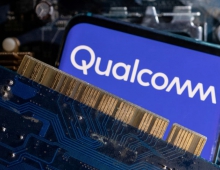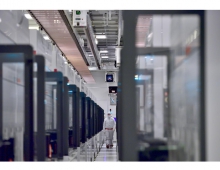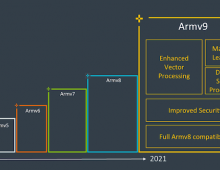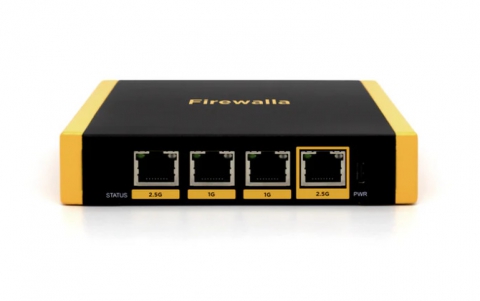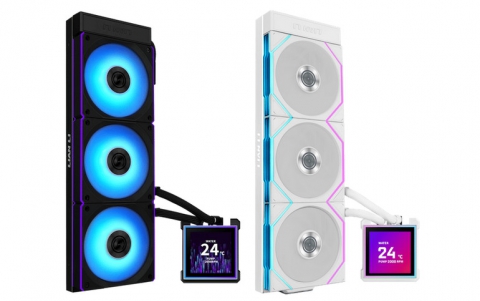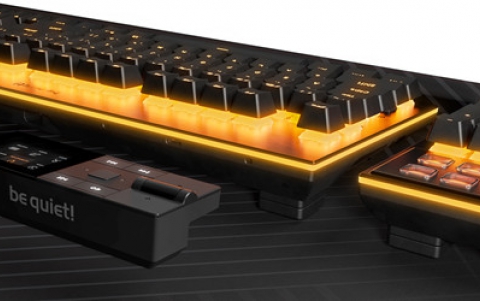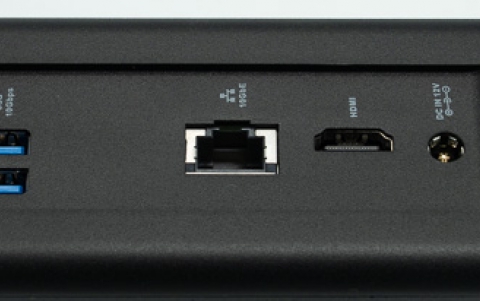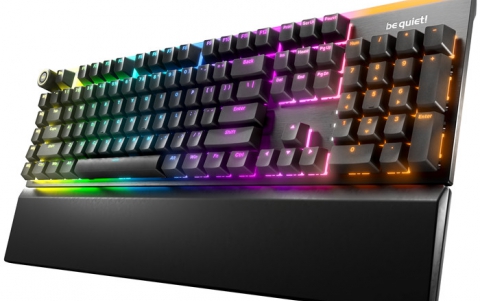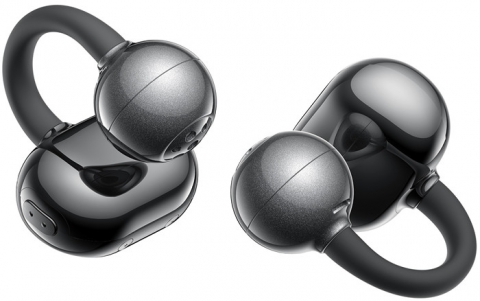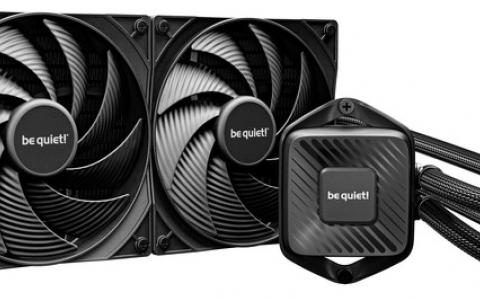
Arm Proposes The Revere-AMU Architecture For High Performance Device Virtualization
With the slowdown of Moore’s Law, a deployment of accelerators and input/output (I/O) devices in heterogeneous compute systems is expected, and ARM proposes a new industry standard for interfacing and virtualizing accelerators and devices.
The complexity and performance requirements of computing systems have been growing and demands are further driven by applications, such as ML and the everything-connected world of IoT, with many billions of connected devices. With the slowdown of Moore’s law, accelerators and input/output (I/O) devices are increasingly employed in heterogeneous compute systems and used by software, either to alleviate the overhead of computationally expensive operations or to interface with other systems.
These devices need an interface to software: the hardware/software interface. The design of a hardware/software interface is critical for the system performance and the ease of software development and deployment.
Virtualization increases the complexity of the hardware/software interface, particularly with regard to accelerators and I/O devices. It's widely used in cloud computing, providing significant economic benefits through techniques like multitenancy and elasticity. Virtualization is now being adopted in other markets as well, such as networking and automotive, making it a key requirement for computing systems across multiple segments and applications.
Optimal performance requires minimizing latency and the software overhead when offloading tasks to accelerators and I/O devices. In the case of virtualization, optimal performance also requires a flexible approach to share the hardware resources of a physical device across virtual machines and user-space applications with a minimal dependency on the hypervisor.
While different solutions exist today to address these requirements and challenges, ARM believes there is a need for new industry standards related to the hardware/software interface for accelerators and I/O devices. Standardization enables the development of standard software frameworks and an ecosystem of device/accelerator components, with wider benefits such as interoperability, re-usability, reduced development costs and time-to-market.
The company has developed the Revere Accelerator Management Unit (Revere-AMU) System Architecture. It defines a complete set of system architecture layers for interfacing accelerators and I/O devices, as illustrated in the diagram below.
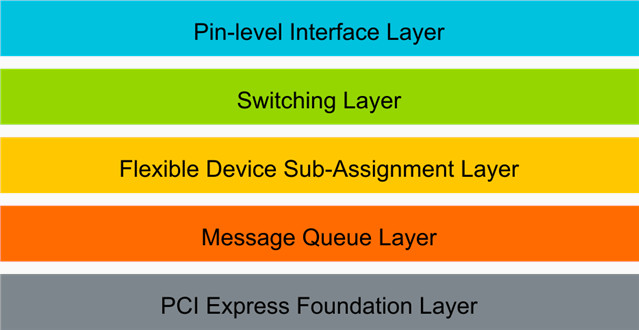
It builds upon existing industry standards where suitable ones exist, such as the widely deployed AMBA interface protocols, and proposes new standards where we perceive benefits in an alternative.
Revere-AMU is an advanced development effort and an implementation of the architecture will be integrated in several of DARPA’s ERI11 projects. ARM also sees potential use cases for the Revere-AMU that align with Arm’s Neoverse platform roadmap in areas, such as CCIX, and for deploying acceleration functions at the edge.
For more information, read ARM's white paper on device virtualization.

